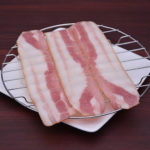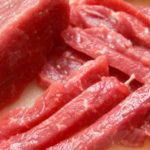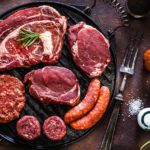Pork trotters are a familiar food to everyone. You can cook pork trotters into many dishes such as stew, braised, soup… When buying pork trotters, you should pay attention to distinguishing between front trotters and hind trotters. These two types will have a slightly different texture and flavor. Choosing the right type will make your dish more delicious.
Front trotters
When moving, pigs mainly use their front legs to exert force on the surrounding objects. Due to the predominant use of the front legs in movement, the hoof on the front leg of the pig is usually larger than the hoof on the hind leg. The meat on the front trotters will also be firmer and have more tendons. Front trotters are usually more flavorful and sweeter. Therefore, if you want to make stew, simulated pork, or boiled, you should choose front trotters. When cooked, trotters will be tender, well-seasoned, and tastier.
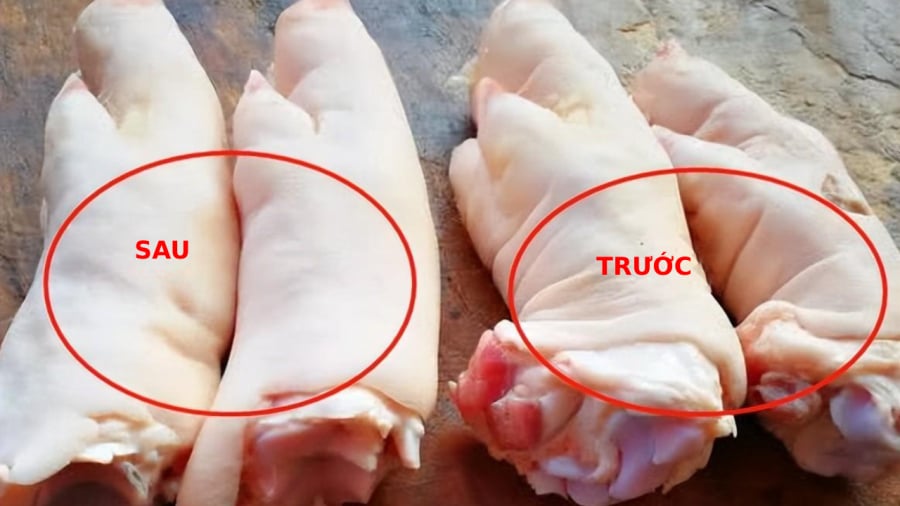
Hind trotters
The hind legs mainly support movement and help pigs maintain balance. The hind legs of the pig are less active, so the meat will not be as firm as the front legs. The meat on the hind trotters is usually loose, with more fat and not as sweet as the front trotters. Hind trotters can be used in stir-fries, minced meat dishes, porridge…
Distinguishing between front trotters and hind trotters
– Check the tendons
As mentioned earlier, the front legs of the pig usually have more tendons. The crispy and crunchy tendon part is the tastiest part of the trotters. If you want more tendons, you should choose front trotters. The main structure of the front trotters is muscle, tendons, and ligaments. The hind legs of the pig are less active, so the muscles, tendons, and ligaments are less developed.
When buying trotters, you should look at the cross-sectional surface of it. If you see tendons on the cross-sectional surface, it is the front trotters, and if you don’t see any tendons, it is the hind trotters.
– Observe the ratio of meat and fat
Front trotters will have more meat and less fat, making them fragrant and not greasy when cooked. The hind trotters have less movement, so the meat and muscle are less firm, and there is more fat mixed in. If you don’t like too much fat, you should choose front trotters.
Observe the cross-sectional surface of the trotters, if it looks plump, with a loose meat texture and more fat, it is the hind trotters. If there is more meat, firmer meat, then it is the front trotters.
Notes when buying pork trotters
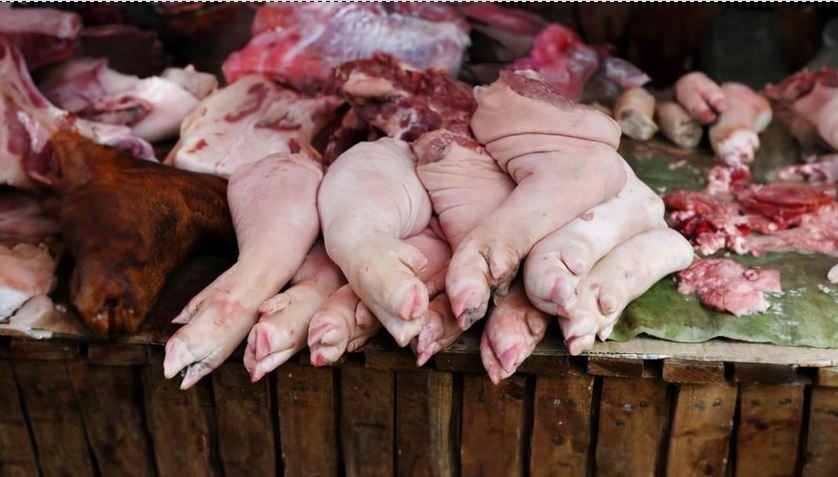
Whether buying front trotters or hind trotters, you should pay attention to the following points.
Firstly, when touching the trotters, if you feel that the surface of the meat is moist, firm, and not sticky, it means that the pork trotters are fresh. If the meat feels sticky, it is not recommended to buy.
Pork trotters usually have a slightly yellowish color. Do not choose white trotters as they may have been treated with chemicals.
According to thoibaovhnt
Expert Advice on How to Identify Unsafe Food
Are you aware of how to inspect food for possible safety risks? With the presence of food products from unclear origins and chemicals used as preservatives, it is important to be vigilant in selecting food items for our families. Join us in the Food Tips section to take a closer look at how to select safe and healthy food for our families!


























